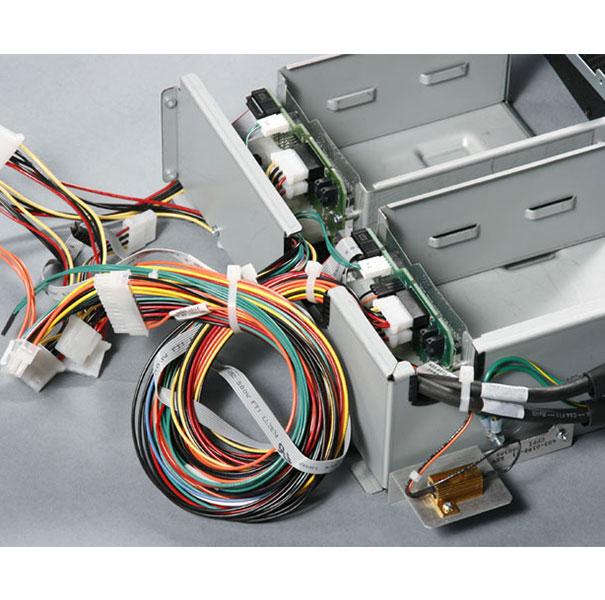Need to know what to look for regarding bad wiring harness symptoms? Are you experiencing trouble with your wire harness assemblies? As experienced technicians, we become set in our ways and used to a particular way of doing things. Even though your technicians were trained on the correct methods, once the actions become instinctual they may develop bad habits that can lead to quality issues. Here are six of the most common issues with wiring harnesses, which bad wiring harness symptoms to look for, and what you can do about them.
Let's explore how wiring harnesses are made, and where companies can run into issues during the initial manufacturing process. Ensuring that you start with correct materials, wires, connectors and configurations will go a long way to guaranteeing the quality of the end product and that it doesn't prematurely fail after installation.
Preparing wires for a harness involves: selecting the right wiring product, cutting it to the specified length, and stripping the ends. While this is often done via an automated machine, user error and poor machine maintenance and adjustment can lead to problems. Make sure you are selecting the right size wire, and that the machine is adjusted properly.
Beyond prepping wires, if they are not laid out correctly to be connected to the harness chassis it may not fit in the finished product or may lead to excessive lengths of wire that will need to be trimmed. Often, creating a form board can help technicians easily identify the wires needed, if any are missing, and where they should be placed.

Probably one of the most common problems experienced with mass-produced wire harnesses is improper labelling. One good way to make sure the wire harnesses you receive are labelled correctly is to develop a system that checks for accuracy before the labels are even printed. One good way is to create sample labels for your mock-up or traveller product when you place the work order.
Crimping is by far the most widely used method for terminating wire ends. When crimps are not done properly it can lead to short circuits or open circuits within the product. Or, the crimp could spontaneously fail, even if it passed a functional test. Regardless of whether you are hand crimping or using a machine, it is important to ensure equipment is set up correctly for the size of wire you are crimping.
There are many issues that can arise when soldering your wires to their terminals. A soldering temperature that is too cold or too hot, poor soldering technique, or using the wrong size of iron tip on the soldering gun can all lead to issues within the circuit, and eventually, the finished product.
As your line works quickly, constantly trying to meet deadlines for production, it can be easy to overlook a wire with a missing terminal connector, or that the incorrect wire is attached to the wrong hardware. Often, the best way around this is to train technicians to double-check their work against the assembly specification documents.
The information is provided by the wiring harnesses supplier.
Copyright © Xiamen New East Asia Electronic Enterprise Co. (NEAEE), Ltd. All Rights Reserved Sitemap |